Curly hair comes in a diverse array of textures and types, each presenting its own unique set of challenges and attributes. Among these variations, low porosity hair stands out as a distinct category, characterized by its ability to repel moisture and resist the penetration of water and other substances. In this scientific exploration, we delve into the intricate world of low porosity curly hair, unraveling its molecular structure, elucidating its properties, and offering practical tips for optimal care.
What is Low Porosity Hair? Porosity refers to the hair's ability to absorb and retain moisture, determined by the arrangement and condition of its cuticle layers—the outermost protective sheath of the hair shaft. Low porosity hair exhibits tightly sealed cuticles that inhibit the entry of moisture, making it prone to dryness and product buildup. This characteristic arises from the overlapping scales of the cuticle layer lying flat against the hair shaft, forming a barrier against external elements.
The Science Behind Low Porosity: Understanding the science behind low porosity hair necessitates a closer examination of its structural composition. The cuticle layer comprises overlapping scales made of keratin protein, arranged like shingles on a roof. In low porosity hair, these scales lay flat and compact, creating a smooth surface that impedes the passage of water molecules and other substances.
Additionally, the hydrophobic nature of the lipid layer surrounding the cuticle further contributes to the water-resistant properties of low porosity hair. This lipid layer acts as a natural barrier, repelling moisture and preventing excessive water uptake. While this inherent feature confers resilience and protection against environmental stressors, it also poses challenges in maintaining adequate hydration and moisture balance.
How do I know if I have low porosity hair: While there isn't a single definitive scientific method to determine hair porosity, several techniques and observations can help individuals assess their hair's porosity level. Here are some commonly used methods:
-
Product Absorption Test:
- Apply a small amount of water or a lightweight conditioner to a section of clean, dry hair.
- Observe how the hair absorbs the product:
- If the product sits on the hair's surface without being absorbed, it's indicative of low porosity.
- If the product is quickly absorbed, it may indicate high porosity.
-
Observational Characteristics:
- Low porosity hair often appears shiny, feels smooth to the touch, and is resistant to moisture absorption.
- It may take longer to dry after washing and may be prone to product buildup.
-
Microscopic Analysis:
- While not typically done at home, a microscopic analysis of hair strands can provide detailed information about the hair's structure, including porosity level.
It's important to note that hair porosity can vary across different sections of the scalp and even along the length of individual hair strands. Additionally, factors such as genetics, hair damage, and environmental influences can affect hair porosity over time. Therefore, it's helpful to consider multiple methods and observations to gain a comprehensive understanding of your hair's porosity level. If you're unsure, consulting with a professional hairstylist or trichologist can provide further insight and guidance.
Challenges and Solutions: Managing low porosity curly hair requires a tailored approach that addresses its unique characteristics and needs. Here are some key challenges faced by individuals with low porosity hair, along with corresponding solutions:
-
Moisture Retention: Low porosity hair struggles to absorb moisture efficiently, leading to dryness and brittleness. To enhance moisture retention, incorporating lightweight, water-based products and utilizing techniques such as the LCO (Liquid, Cream, Oil) or LOC (Liquid, Oil, Cream) method can help seal in hydration effectively.
-
Product Buildup: The tightly sealed cuticles of low porosity hair are prone to product buildup, which can weigh down the hair and diminish its natural luster. To prevent buildup, opt for clarifying shampoos and avoid heavy, occlusive ingredients such as silicones and waxes.
-
Heat Damage: Due to its resistance to moisture uptake, low porosity hair may be more susceptible to heat damage during styling processes. To minimize heat damage, use heat protectant sprays and employ low-heat settings when using heat styling tools.
-
Protein Sensitivity: Some individuals with low porosity hair may experience protein sensitivity, wherein excessive protein treatments can lead to stiffness and breakage. It's essential to strike a balance between protein and moisture-based treatments to maintain hair health and elasticity.
Low porosity curly hair presents a unique set of challenges rooted in its molecular structure and properties. By understanding the science behind low porosity hair and implementing targeted care strategies, individuals can optimize the health, moisture balance, and overall appearance of their curls. With the right knowledge and approach, low porosity hair can be celebrated for its resilience, beauty, and distinctive texture.
References:
- Hair porosity: Understanding, measuring, and using it to care for your hair. (2020). International Journal of Cosmetic Science, 42(2), 135–145. https://doi.org/10.1111/ics.12583
- Robbins, C. R. (2012). Chemical and physical behavior of human hair (5th ed.). Springer.
- Surface lipids and the barrier properties of the skin. (2003). International Journal of Cosmetic Science, 25(1-2), 1–10. https://doi.org/10.1046/j.1467-2494.2003.00151.x
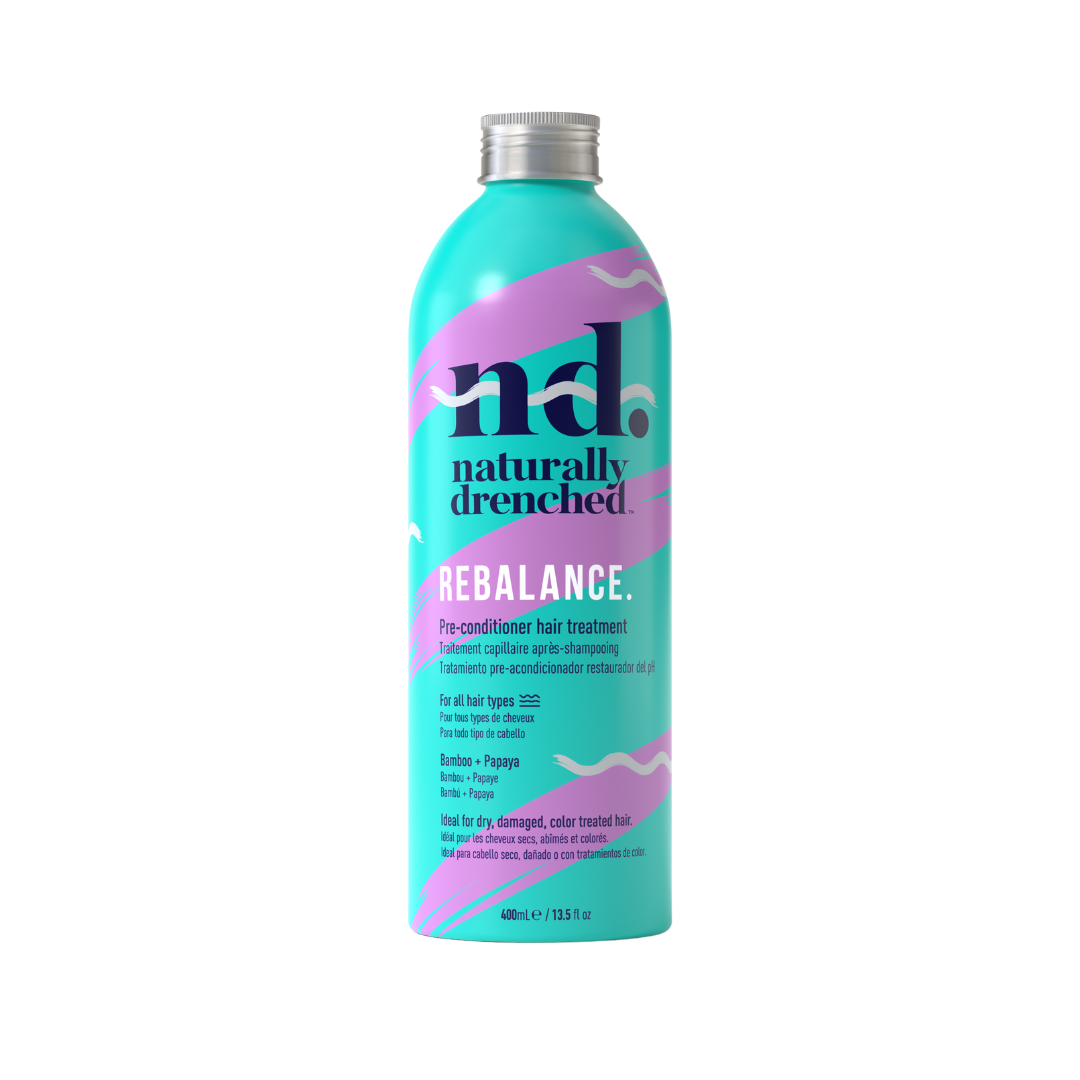
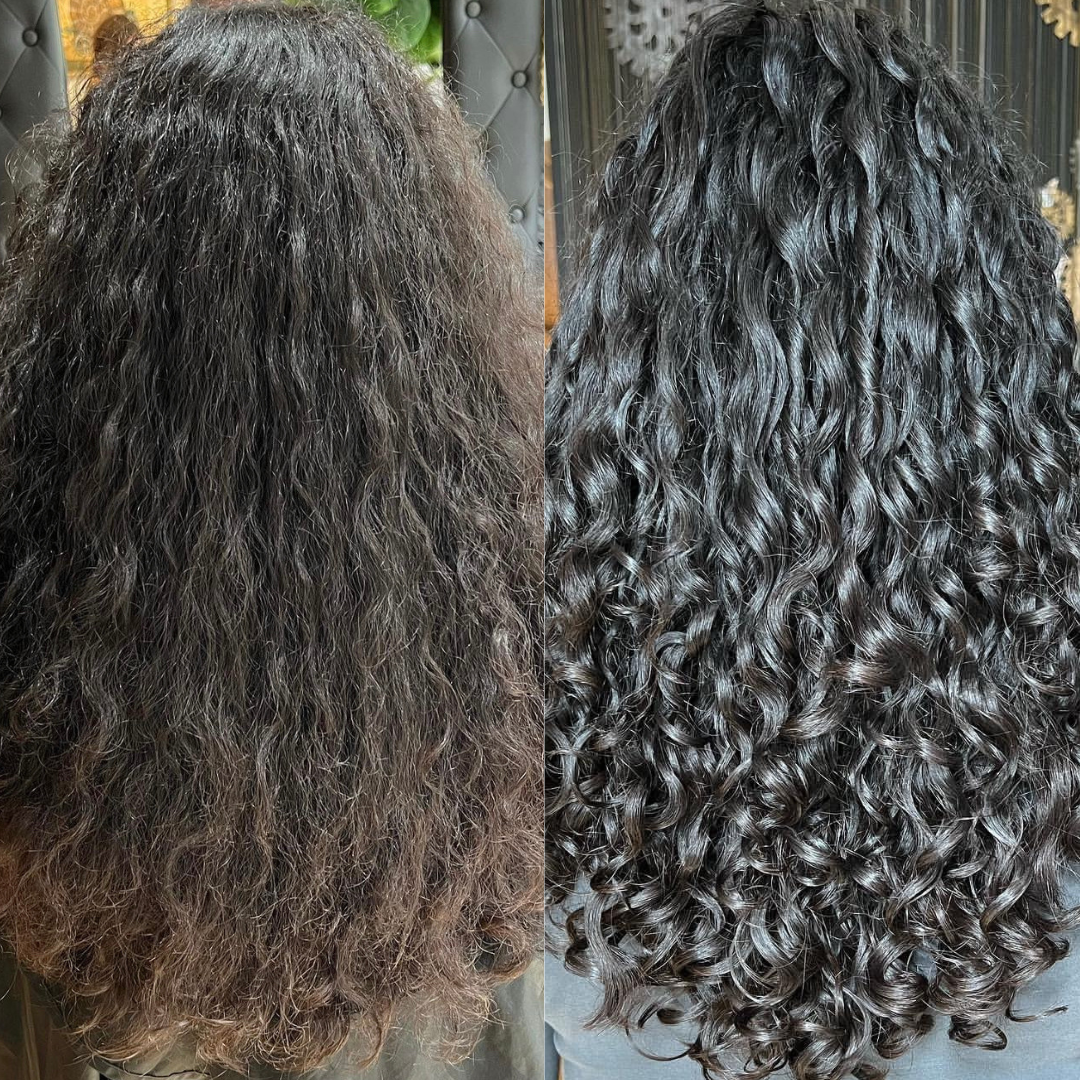
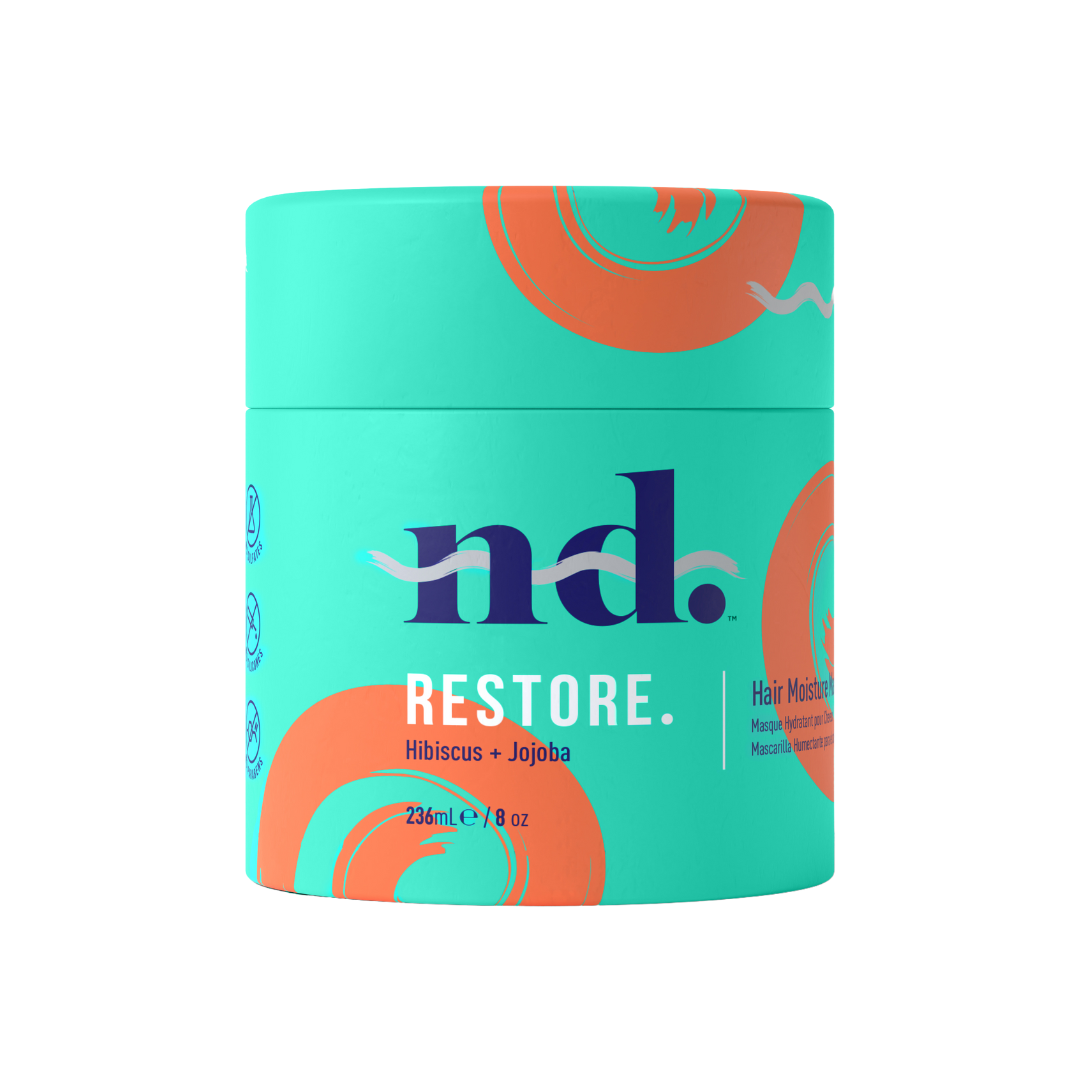
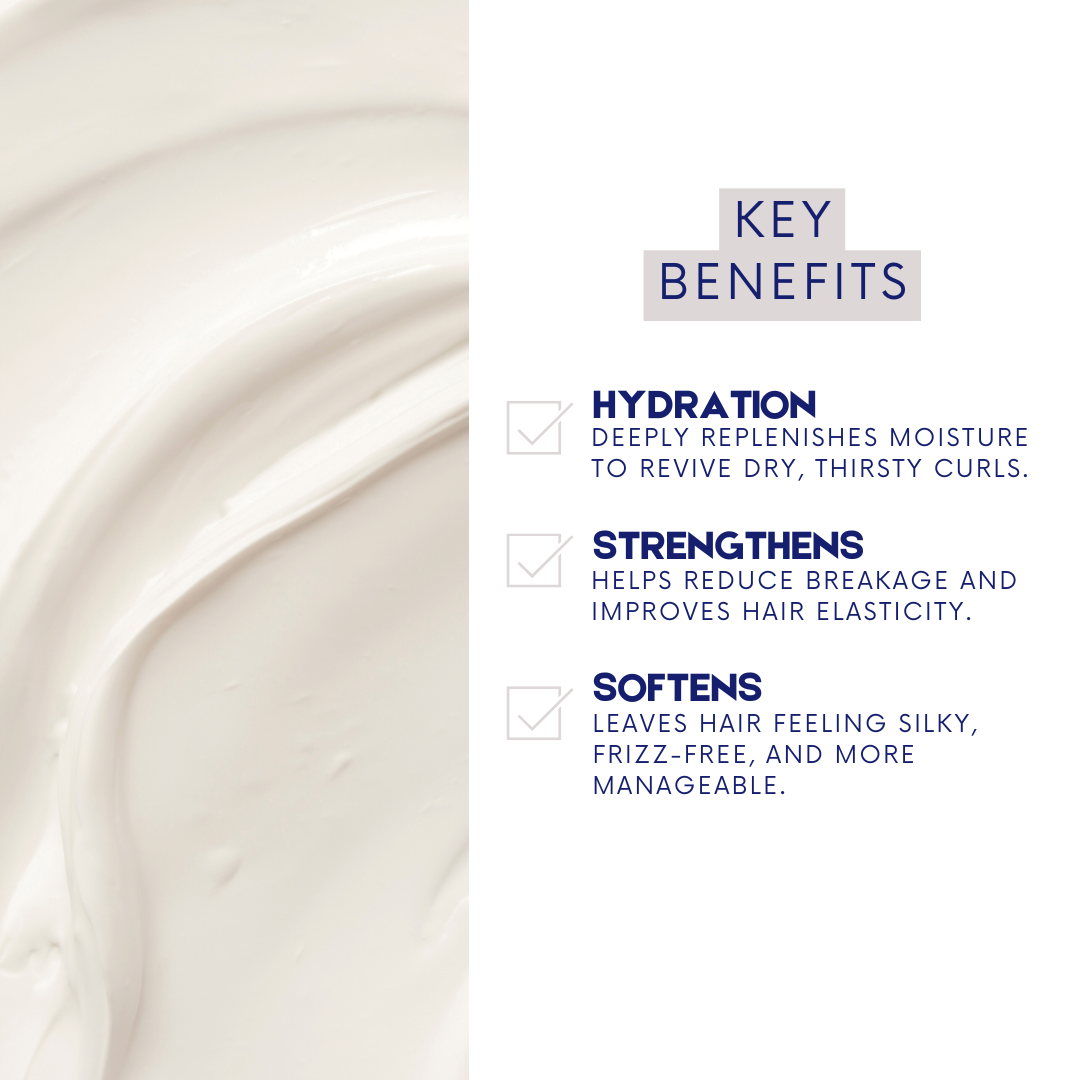
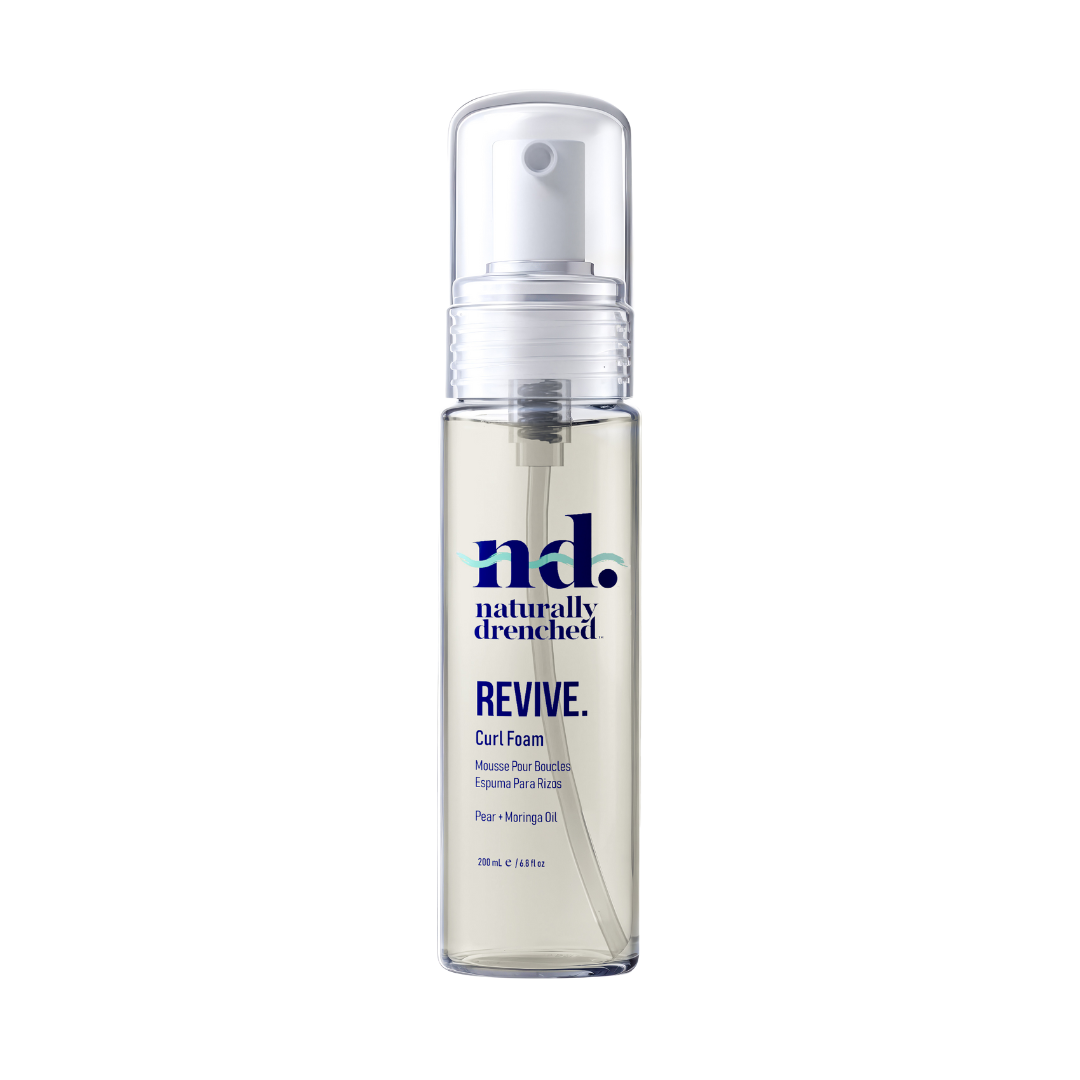
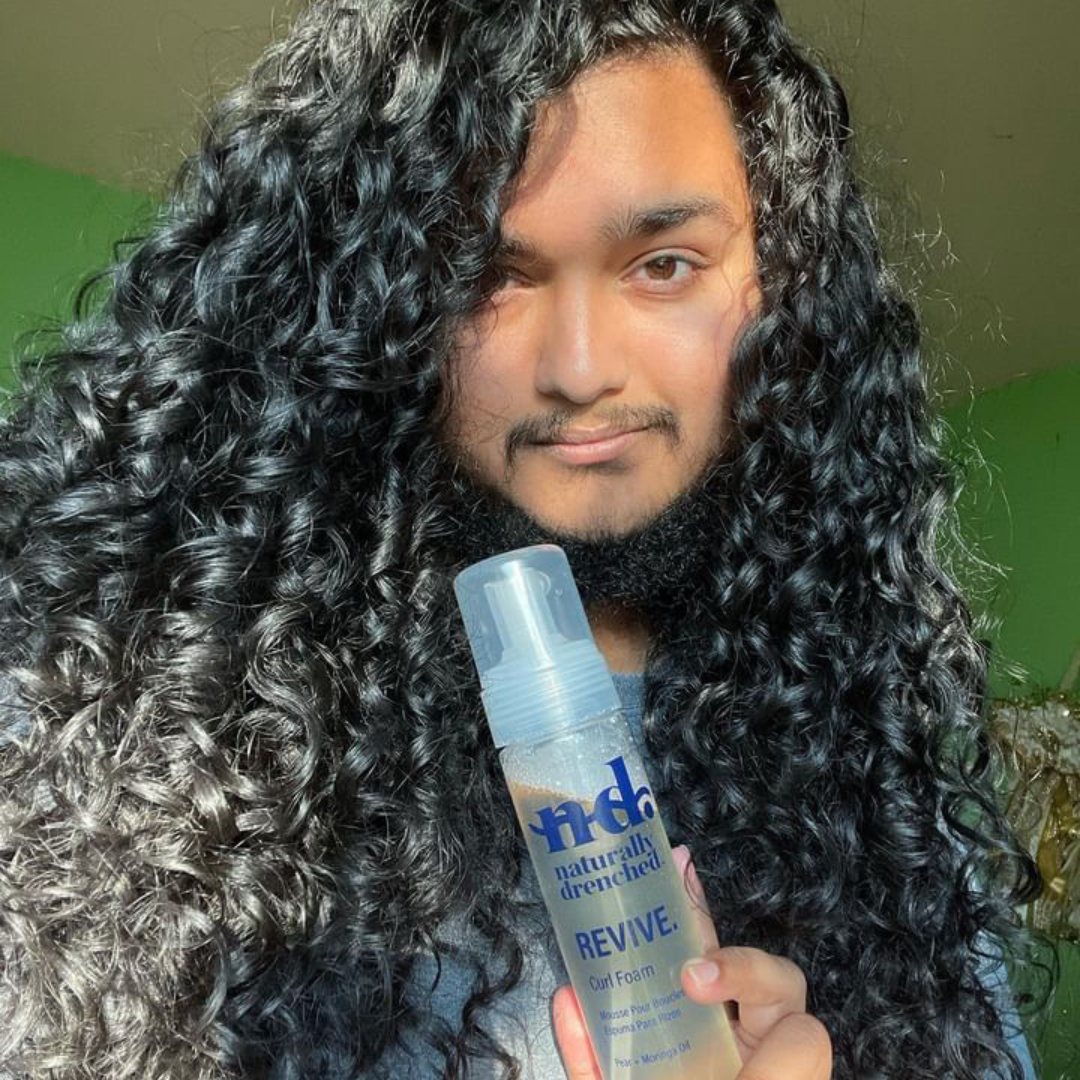



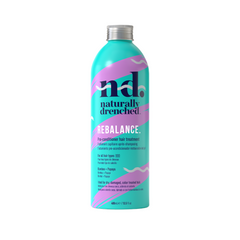
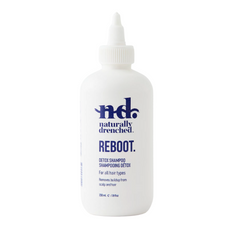
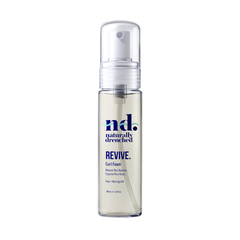

Leave a comment